How to distinguish the bidding, gold bid, red mark, green mark and Chaka batches of rose summer coffee beans in Rosa Village?
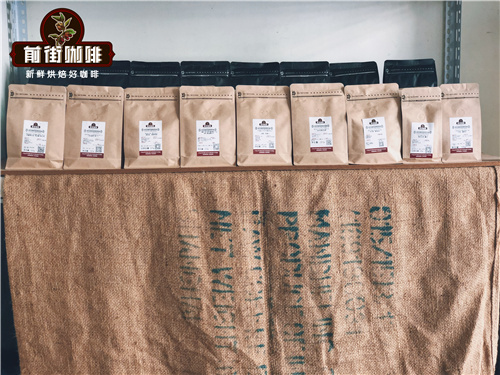
Professional coffee knowledge exchange more coffee bean information please follow the coffee workshop (Wechat official account cafe_style)
In Ethiopia, the hometown of coffee, there is a rosy summer village where a lot of rosy summer coffee is grown, but the flavor of the coffee is different from that of Panama, and each has its own characteristics. Like Panamanian Rose Summer Coffee, Essex Rose Summer Coffee has a very strict coffee grade. Ethiopia Rose Summer Village divides coffee into competitive bidding, gold bid, red bid, green label and Chaka batch Rose Summer. Next, everyone followed the pace of the front street to find out about Rosa Coffee in Rose Summer Village.

Qianjie will first explain to you in detail the classification of Rosa Coffee in Rosa Village.
In terms of products, it is divided into bidding batches, gold bid batches, red bid batches, green bid batches and Chaka batches. (of course, these "color codes" are also commonly known in Chinese and come from the background color of the publicity.)
The bidding batch of Rosa Village is the coffee beans screened out layer by layer in Rosa Village, which comes from the top batch of Rosa Village Manor, accounting for 3.7% of Rosa Coffee in Rosa Village, so it can only be obtained through global bidding.
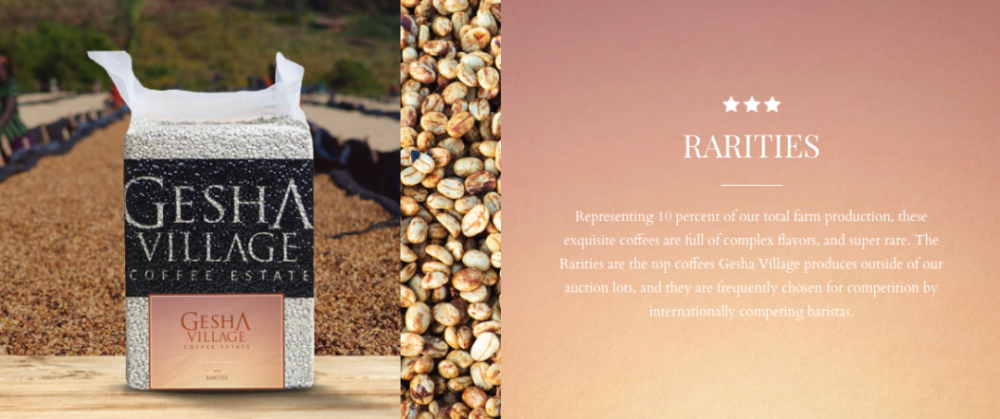
The official name of Jinbiao is "Rarities", which should be translated as "treasures". Anyway, it is the highest quality of non-competitive bidding batches in Rose Xia Village. This series accounts for only 10% of the total output of the estate. Qianjie carries on the cup test to the gold standard batch every year, in the previous cup test, the gold standard performance is not too good, its flavor performance is the grade Yejia Xuefei performance at best. But this year's Gold Standard batch performed exceptionally well.
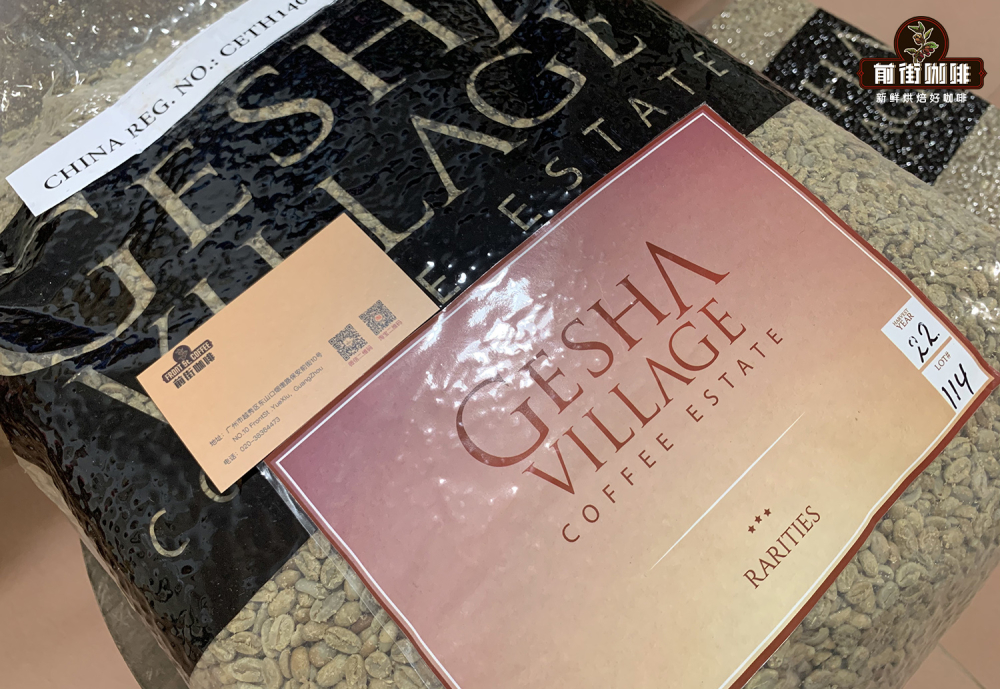
Qianjie tasted the flavor of Panamanian rose summer in the cup test, which is the flavor of citrus, jasmine, honey and tea. Friends who know about rose summer should know that the rose summer species in Panama are not the same as those in rose summer village, so this performance shows that rose summer village has made a lot of efforts.
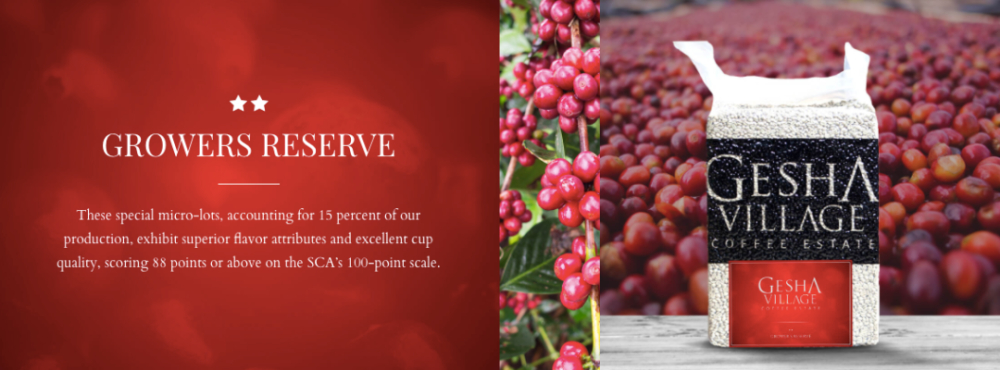
The red mark of Ruoxia Village, officially known as "Growers Reserve", translates to "grower reserve". It accounts for 15% of the total output of the manor and has more than 88 points in the SCA cup test. The red standard batch has the typical flavor of Rosa Village, and the flavor intensity and complexity are slightly weaker than the gold standard batch, so it is a single product batch with high performance-to-price ratio.
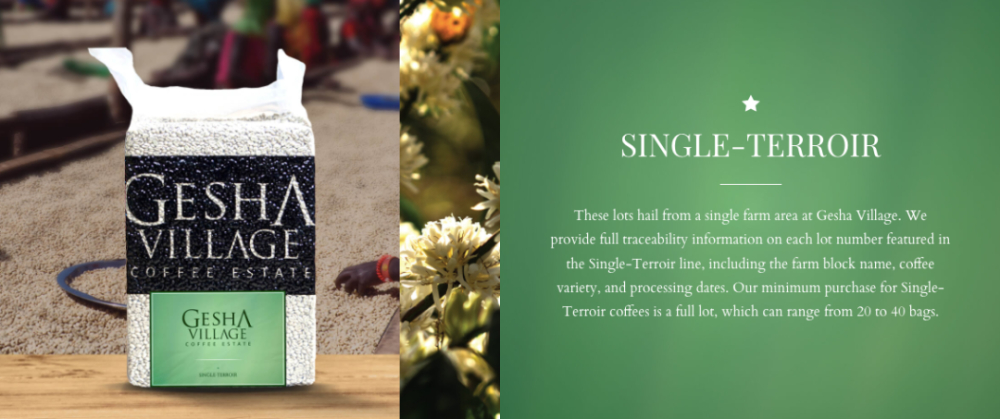
The green sign of Ruoxia Village, officially known as "Single-Terroir", translates to "single land". That is, this series provides fine traceability information that can be traced back to fine single plots, coffee varieties, and processing information and time. A real cup of coffee.
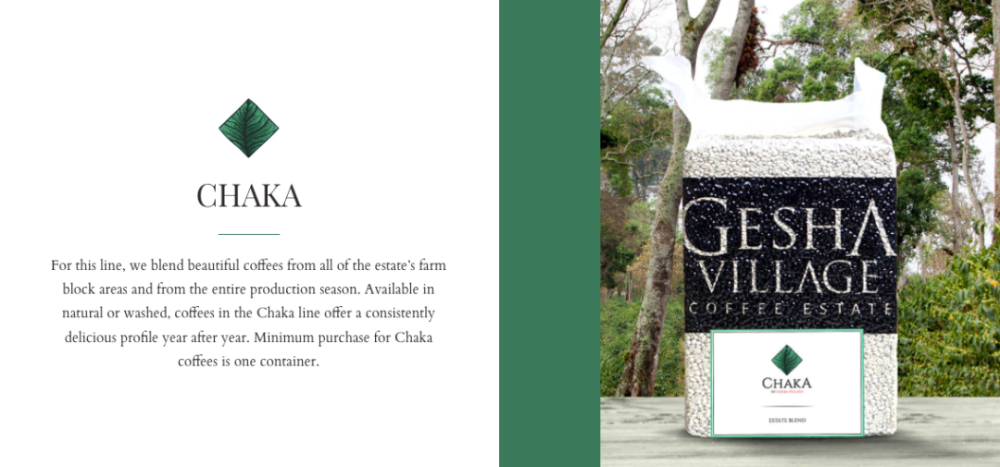
Chaka batches pay attention to the purchase of low threshold, it is the whole estate all the plots, coffee varieties mixed together, no longer emphasize subdivision. It can be said to represent the height of the lower limit of the manor in Rose Xia Village.
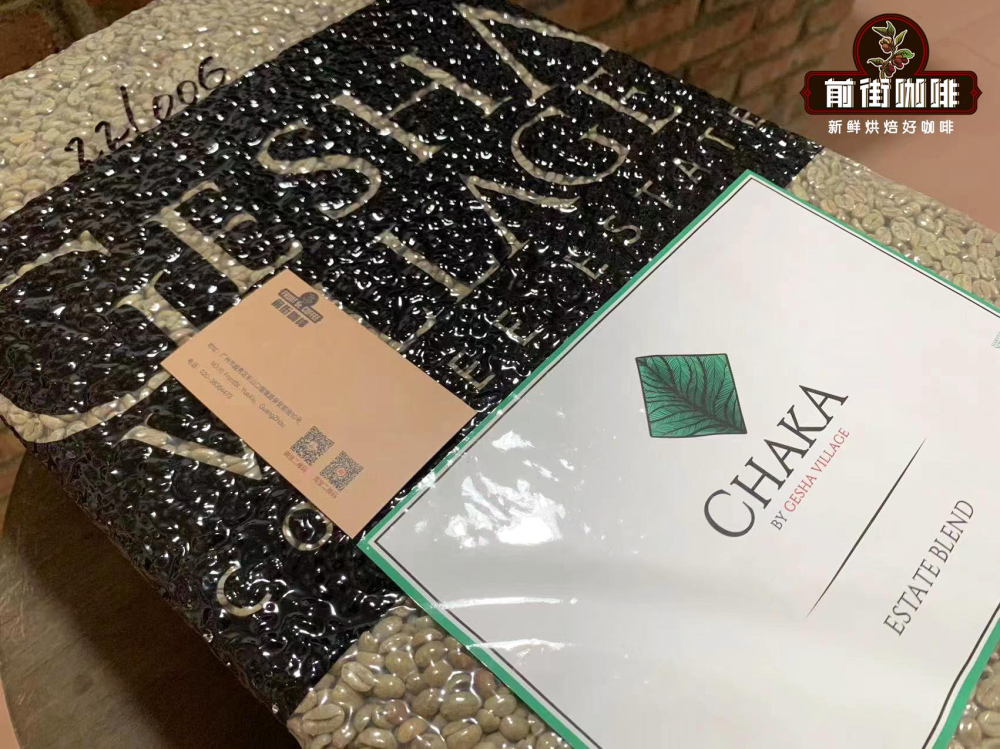
Qianjie tested these Ethiopian coffee cups separately, measured 11.3 grams of coffee beans, ground them into powder, smelled the dry fragrance, poured into 94 degrees boiled water, and then smelled the wet fragrance within four minutes. then you can use a cup spoon to enter the tasting stage.
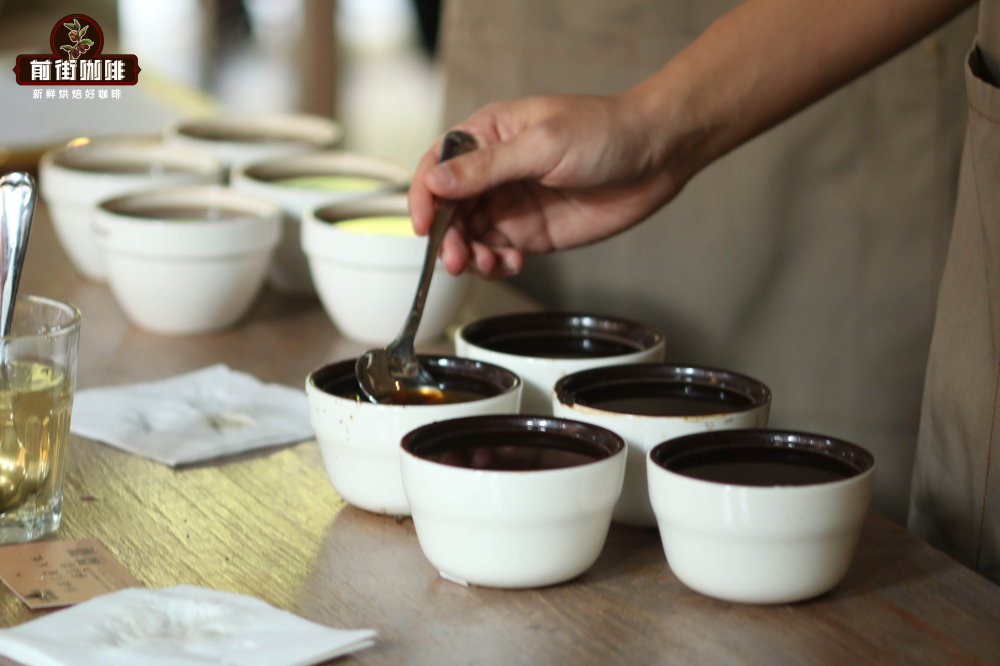
If the gold standard rose summer in the village of rose summer, the front street in the cup test dry fragrance stage, smelled the strong fruit aroma of dry aroma, poured into the boiled water in the smell of wet stage became a strong aroma of flowers and berries, the current street really tasted this gold standard rose summer, the entrance is obvious citrus, cream tone, the acidity is not as bright as Yega Sheffei, on the contrary, the acidity of gold standard rose summer coffee is relatively soft, sweet feeling is more obvious The sweetness of caramel and cream continues, with a fermented finish.
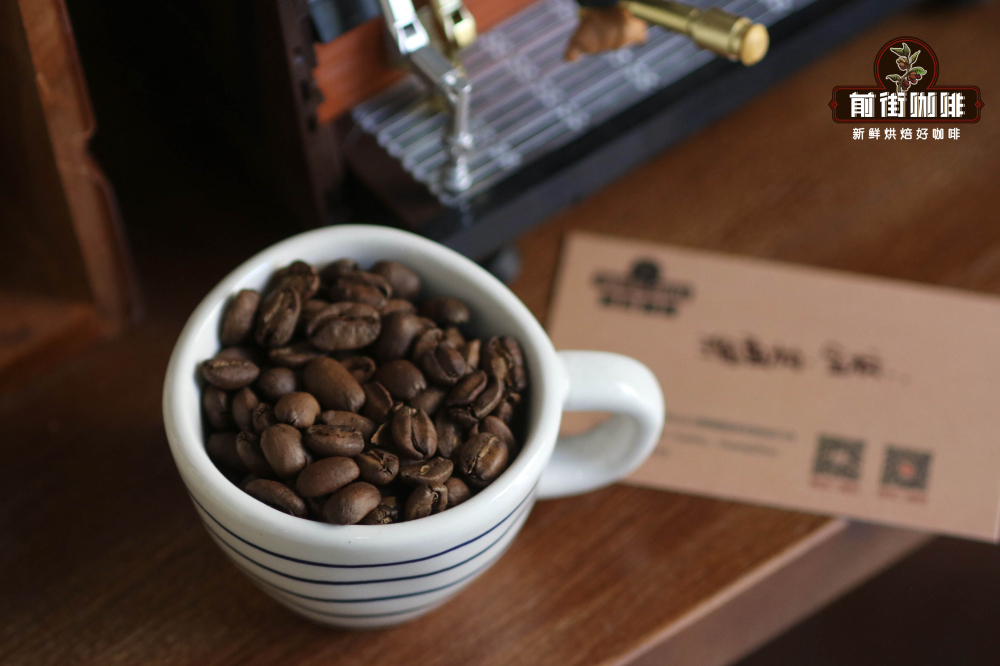
When tested in the cup in front of the street, the Gori Rose Summer of this batch of summer roses has the tonality of tropical fruit, bergamot and lemon, the sweetness of cream and the smell of fermentation, the temperature is slightly cool, and the fragrance of jasmine is slowly revealing. the aftertaste is reminiscent of taffy and almonds.
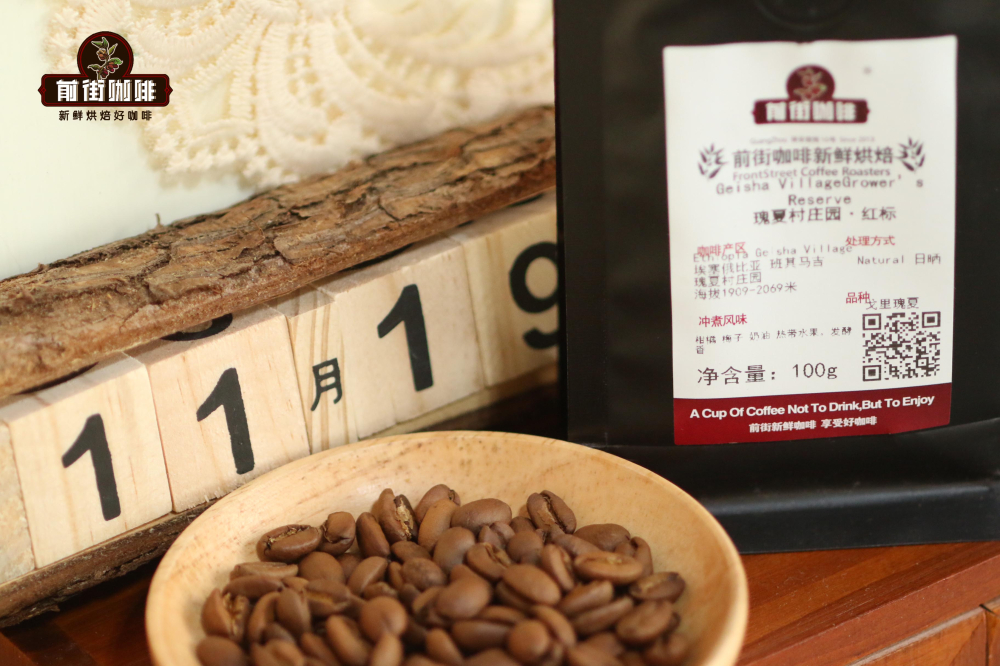
When tested in the cup, the front street has an obvious sweet aroma of berries, the taste is full and mellow, with the flavor of cherry, raspberry and honey, and the aftertaste is fermented.
After the cup test, Qianjie hand-brewed this coffee to taste the complete taste of the coffee. Considering that when baking these coffees in Qianjie, because of the high moisture content of coffee beans, Qianjie finally uses medium-shallow baking in order to prolong the dehydration time, because the Rose Summer Coffee in Rose Summer Village on the front street is all sun-treated. Generally, the floating impurities are removed first, and then the sun is covered with a thin layer of plastic sheeting on the African-style elevated scaffolding. when drying with a tanning bed, it is screened again to select worm-eaten beans and coffee beans that are green in color. The total drying time is 18-30 days. Qianjie believes that the sun-treated coffee has obvious sweetness, soft acidity, and the flavor will produce the tonality of compound fruits, so Qianjie finally set the roasting degree of Rose Summer Coffee in Guixia Village as medium-light, to highlight the unique flower aroma and fruit sweetness of Rose Summer Coffee brought by sun treatment.

Qianjie brewed these Ethiopian coffee beans with the same hand-brewing method, powder-to-water ratio of 1:15, water temperature of 90 degrees and grinding degree when brewing these kinds of coffee from Rosa Village. Qianjie is generally advanced in wetting filter paper, preheating filter cups and coffee pots before formal brewing. The first stage is steamed with 30 grams of water. Wait for 30 seconds to carry out the second stage of hand flushing, use small water to circle water injection to 125 grams to stop water injection, wait until the water level drop is about to expose the powder bed, continue to circle water injection to 225 grams to stop water injection, when the water level drop is about to expose the powder bed, remove the filter cup, (steaming start timing) extraction time is 2 minutes, generally this kind of hand flushing method is called three-stage hand flushing method This is the most commonly used method of brewing coffee on the front street.
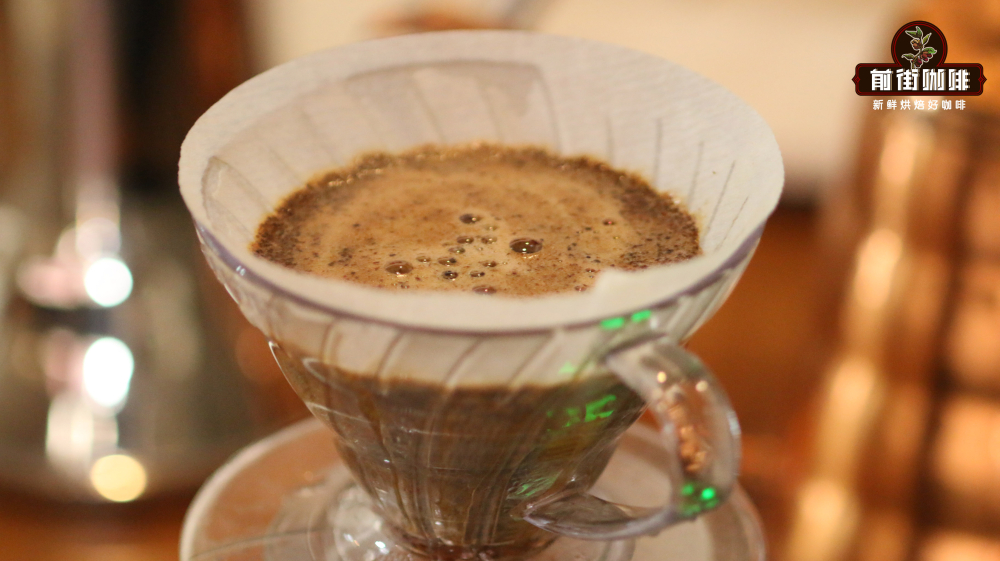
At this time, you can taste these Rose Summer Coffee in Rose Summer Village.
By comparison in the front street, it is found that the gold standard batch has the rich jasmine aroma of Essel coffee beans, which tastes a bit like citrus juice, fruits such as peaches and melons, and honey sweetness at the back end.
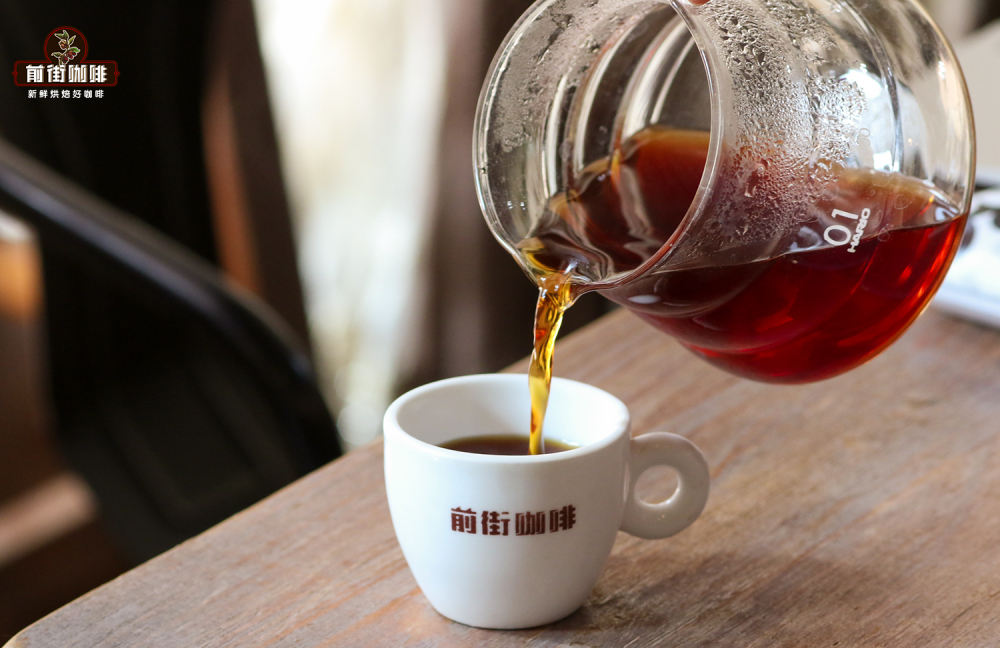
The red standard batch, the overall taste is very balanced, and the biggest difference with the gold standard rose summer is that the red standard rose summer taste nutty flavor is more prominent.
The green label batch is a little sour, a bit like the acidity of Kenyan berries, very full and mellow on the palate, with a sweet finish and a hint of fermented wine.
Chaka batch, the fermentation flavor is relatively light, the overall taste has citrus, grapefruit sour tone, softer, of course, this is Qianjie more objective flavor description, coffee flavor description varies from person to person.
For more boutique coffee beans, please add private Qianjie coffee on Wechat. WeChat account: kaixinguoguo0925
Important Notice :
前街咖啡 FrontStreet Coffee has moved to new addredd:
FrontStreet Coffee Address: 315,Donghua East Road,GuangZhou
Tel:020 38364473
- Prev
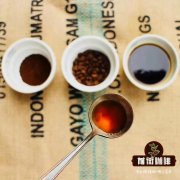
Why can Brazil become a big coffee producer?
Brazilian coffee generally refers to coffee produced in Brazil. There is a wide variety of Brazilian coffee, the vast majority of which are unwashed and sun-dried, classified according to the name of the state of origin and the port of transport. Brazil has 21 states and 17 states produce coffee, but four of them produce the largest, accounting for 98% of the country's total output. Brazilian coffee has a low sour taste, which goes well with coffee.
- Next
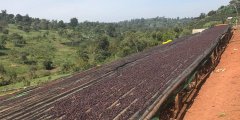
How is the coffee quality in Ethiopia's Koke washing station? introduction to the flavor of Koke coffee beans
Professional coffee knowledge exchange more coffee bean information please follow the coffee workshop (Wechat official account cafe_style) KOKE MILL-YIRGACHEFFE WOREDA, the Koke washing station owned by the GEDEO ZONE family was built in 2011, has improved a lot since 2015, and the staff of the washing station began to provide growers with ways to improve the quality of coffee. The Koke washing station is located at
Related
- Detailed explanation of Jadeite planting Land in Panamanian Jadeite Manor introduction to the grading system of Jadeite competitive bidding, Red bid, Green bid and Rose Summer
- Story of Coffee planting in Brenka region of Costa Rica Stonehenge Manor anaerobic heavy honey treatment of flavor mouth
- What's on the barrel of Blue Mountain Coffee beans?
- Can American coffee also pull flowers? How to use hot American style to pull out a good-looking pattern?
- Can you make a cold extract with coffee beans? What is the right proportion for cold-extracted coffee formula?
- Indonesian PWN Gold Mandrine Coffee Origin Features Flavor How to Chong? Mandolin coffee is American.
- A brief introduction to the flavor characteristics of Brazilian yellow bourbon coffee beans
- What is the effect of different water quality on the flavor of cold-extracted coffee? What kind of water is best for brewing coffee?
- Why do you think of Rose Summer whenever you mention Panamanian coffee?
- Introduction to the characteristics of authentic blue mountain coffee bean producing areas? What is the CIB Coffee Authority in Jamaica?

